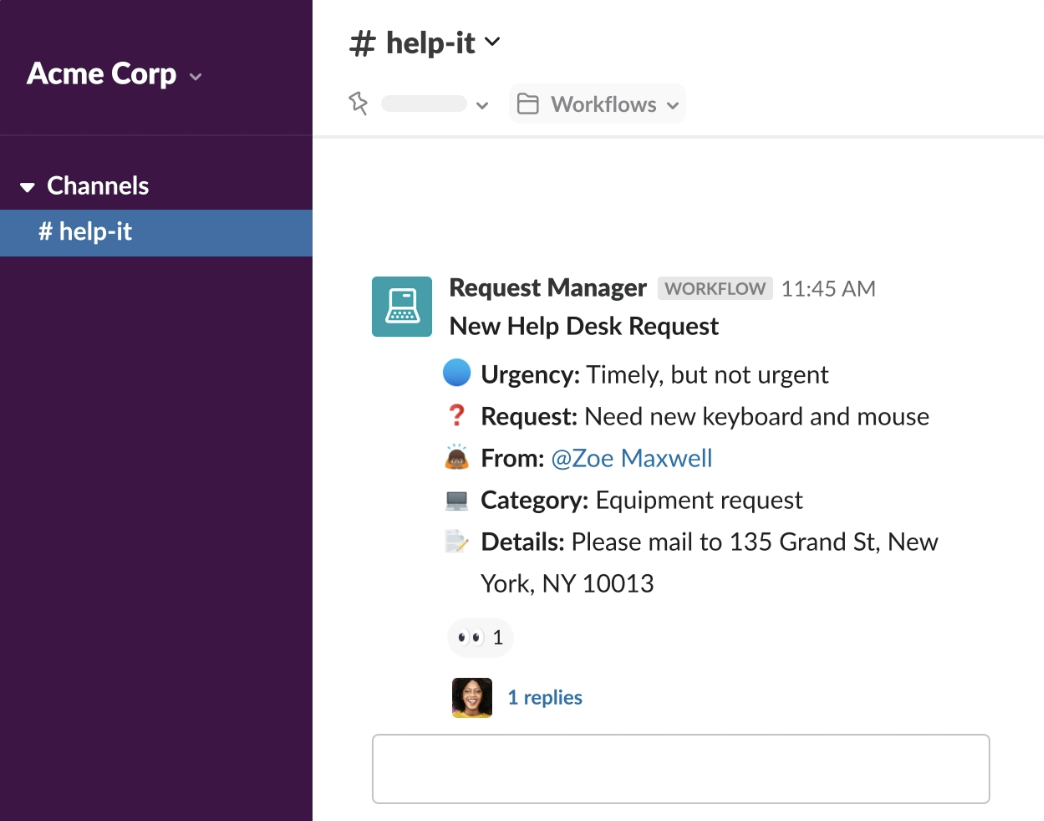Microsoft Teams is widely recognized as a leading business communications and collaboration platform, with a user base of over one million companies. And no wonder: Teams is versatile, comprehensive, and free for Microsoft 365 Business subscribers.
However, not every enterprise needs the full range of tools provided by Teams or want to pay for them. Although Microsoft’s Essentials package is competitively priced at $4 per seat per month, Teams faces tough competition in terms of value, quality, and functionality.
To help you find the right tool for your organization, we have compiled a list of the best Microsoft Teams alternatives, starting with the most affordable options.
1. Jitsi (Free)
Jitsi is a free communication offering that includes open-source voice, video, and chat applications. Since its start in 2003, Jitsi has evolved to provide features like end-to-end encryption, screen-sharing, and video recording. Still, it may not have the extensive features of subscription-based collaboration platforms, which could pose a problem for larger enterprises. Some limitations are the lack of text chat and the relatively low cap on the number of participants you can host at any given time.
2. Workplace from Meta
$4/user/month for Core plan
The Core plan of Meta’s communication and collaboration platform comes in at $4 per user per month, identical to the pricing of Microsoft Teams. And like Teams, Workplace by Meta provides a comprehensive set of features, including video conferencing, messaging, file sharing, and productivity apps. What sets Workplace apart is, well… Meta: Its user experience will be familiar to any of the nearly three billion Facebook users worldwide, complete with its distinctive “news feed” format.

Workplace from Meta user interface
3. Google Meet
Starter plan is $6/user/month with Google Workspace subscription and one-year commitment
Google Meet is a video communication and conferencing app that packs some of its best features into its free version, including Google’s whiteboarding tool, Jamboard. If you’re accustomed to Google Chat and Hangouts, both integrated into this standalone app, using Meet will feel familiar and straightforward. However, as a Microsoft Teams alternative, Meet is a simpler video conferencing tool and lacks some collaboration features.
4. Rocket.Chat
$4/user/month for Pro version (up to 500 users)
Rocket.Chat is an open-source communication platform that aims to provide security and flexibility. For organizations hesitant about Teams’ cloud-based nature, Rocket.Chat has the option to host data locally, coupled with a strong commitment to security features. Custom quotes are available for the Enterprise plan, which Rocket.Chat says includes premium compliance features.
5. Slack
$7.25/user/month for the Pro plan
If you’re looking for a straightforward communication and collaboration app without the extra bells and whistles of Teams, Slack might be the solution. A favorite among startups, Slack is a chat-based platform that integrates with more than 2,200 productivity apps. It offers essential business features like file sharing, video conferencing, and automated workflows. Users often find Slack’s interface sleeker and easier to use than Teams. While smaller organizations can make use of the free version, business-level plans start at $7.25 and $12.50, with customization options for large enterprises.

An example of Slack being used for IT support
6. Mattermost
$10/user/month for its Business plan
Mattermost, an open-source collaboration platform, caters to developers with its focus on DevOps processes, incident resolution, and release management. Unlike some competitors, Mattermost doesn’t include video conferencing as a standard feature but can integrate with third-party apps for this functionality. Priced at $10 per user per month, Mattermost is an expensive Microsoft Teams alternative, but some enterprises may find the reliability and flexibility of an open-source platform worth the investment.
7. Cisco Webex Teams
$14.50/license/month for Webex Meet, $25 for Webex Suite
Known for its user-friendly webinars, Cisco Webex has a few features not found in Teams, such as the ability to host virtual events, video sharing through Vidcast, and site administration. And thanks to its end-to-end encryption, Webex positions itself as one of the safest communication and collaboration tools on the market. However, this all comes with a relatively high price tag. That said, its free version includes an impressive roster of features, including breakout rooms, meeting recording, and video messaging.
8. Dialpad
$15/user/month for the Standard plan, with a one-year commitment
Dialpad provides a comprehensive suite of features that rivals Teams and even includes a few unique ones. These include an automatic outbound calling feature, a call-routing system, and an AI-based contact center. If your organization relies on these functions, Dialpad’s higher price tag, starting at $15 per user per month (annual billing), may be justified.
9. Zoom
$16/user/month for the Pro plan
As far as video conferencing apps go, none are more instantly identifiable than Zoom, which became the default video communication service during the height of the COVID-19 pandemic. While Zoom lacks the extensive productivity or collaboration tools found in Teams, its free version includes features like whiteboarding and messaging. Subscribers at the Pro or Business levels can host meetings with up to 300 attendees, and the enterprise tier allows for 1,000 attendees simultaneously. Zoom’s focused approach results in a relatively high-quality streaming experience, particularly in areas with spotty internet connectivity. However, with a price range between $16 and $25 for Pro and Business levels (customizable for larger enterprises), Zoom’s cost is higher than many competitors.
10. RingCentral
Starting at $20/user/month
RingCentral stands out as one of the most comprehensive communications platforms, bringing together video conferencing, text-based messaging, contact management, and voice calling in a single app. Starting at $20 per user per month, it is among the priciest options. For organizations that want a more affordable, paired-down video conferencing tool, RingCentral Video offers a service comparable to Google Meet’s subscription-level plans for free. An upgraded version is available at $11 per user per month.
What Microsoft Teams alternative do you use? What are its pros and cons? Tell us in the comments below!





